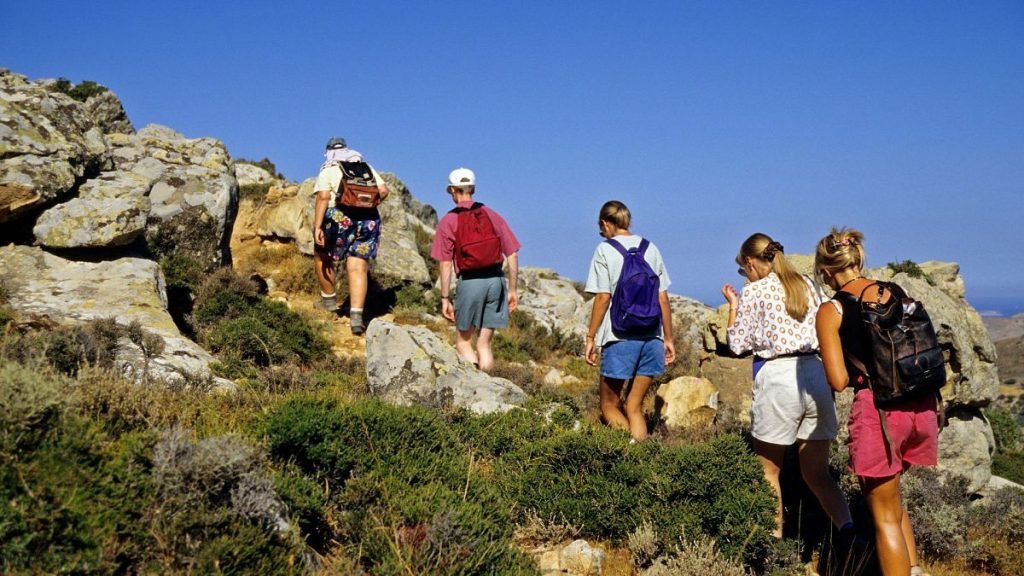A wave of tourist deaths in Greece due to extreme temperatures has prompted warnings from local authorities. Tourists have been found dead after going for hikes in temperatures above 40C, including a 74-year-old Dutch tourist on the island of Samos and a 55-year-old American tourist on the island of Mathraki. Health and hiking experts are advising tourists to opt for cooler destinations or months, especially as climate change has caused heatwaves to hit Southern Europe earlier in the year. Tour companies are now adjusting their programs to avoid extreme temperatures and offer safer hiking options.
Planning ahead and being flexible with itineraries is crucial for staying safe while hiking in hot weather. Tourists should check local weather forecasts and plan hikes for early mornings or evenings to avoid the peak temperatures during the day. It is also recommended to spend the middle of the day engaged in indoor activities to avoid strenuous exercise in high temperatures. Knowing the hiking route and planning rest stops is essential, as getting lost can put walkers in danger and complicate rescue missions. Walking with a friend or guide, carrying a phone, and walking near water and shade can make the hike safer and more comfortable.
Staying hydrated is essential in extreme heat, so hikers should carry a supply of water and drink at least three litres a day. Minimizing alcohol consumption and eating foods with high water content like fruits and salads can also help maintain hydration levels. Proper clothing is vital for hiking in hot weather, including loose-fitting, light-colored clothing in natural materials, sunglasses, hats, and sunscreen. Knowing the signs of heatstroke and heat exhaustion is crucial, as weakness, dizziness, headache, irritability, and confusion can indicate that the body is struggling to cope. Seeking shade, drinking water, and seeking medical attention if necessary are important steps to take in case of heat-related illnesses.
Tour companies are adjusting their programs to avoid extreme temperatures by offering hiking trips in cooler months and destinations. It is also recommended to plan hikes for early mornings or evenings, spend the middle of the day indoors, and know the hiking route and rest stops. Staying hydrated through water and high-water content foods, wearing the appropriate clothing, and recognizing the signs of heat-related illnesses are crucial for hiking safely in hot weather. By following these tips and being aware of the risks associated with extreme temperatures, tourists can enjoy hiking activities while staying safe in high temperatures.









